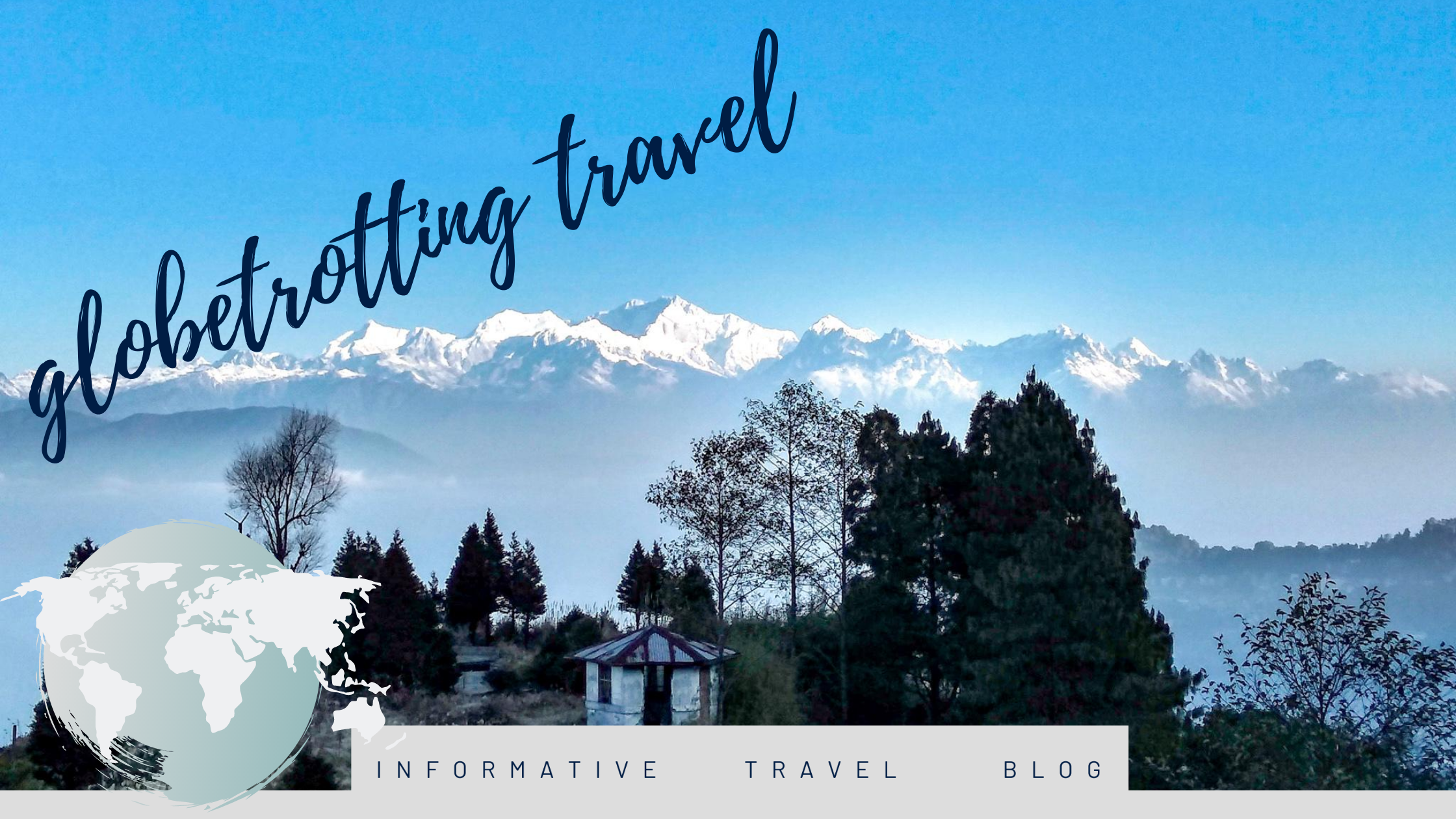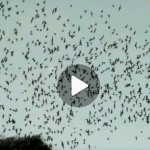“Rice Bowl of Cambodia”.

See photos
Where is Battambang?
Battambang is on the Sangkae River in northwestern Cambodia. Known for colonial buildings such as Sala Khaet, the former Governor’s Residence. A network of charming old French shop houses are clustered along the riverbank. Along with a number of Wats scattered around the town.
Its history 1907 – 1979
Battambang has been a part of Thailand most of the time since the 15th century. Cambodia regained control in 1907, with the help of the French. Thailand seizing it again, with Japanese assistance, in 1941. Keeping it under their control until 1947.
Allied Forces helped persuade Thailand that it was originally part of ancient Cambodia and the world community would not take kindly to them holding onto it further.
Not giving way to the Khmer Rouge movement after the fall of Phnom Penh. Battambang remained at the centre of the Government/Khmer Rouge conflict. The Vietnamese pushed the genocidal regime out of Phnom Penh in 1979 and into the Northwest. The Khmer Rouge retained a stronghold in the region, until the surrender of Ieng Sary.
Getting there
Our journey from Tatai to Battambang was by shared taxis and the bus.
Our accommodation
During our time in Battambang, we chose to stay at the Moloppor Villa booked through Booking.com. Located in the heart of Battambang, only a 3-minute tuk tuk journey from the city centre. Our large, bright, and modern room had a shared garden and came with its own outdoor seating area.
Equipped with a flat-screen TV, a DVD player, a mini-bar, air conditioning and tea/coffee making facilities. The ensuite bathroom had a separate bathtub and walk-in shower. Breakfast was taken in the poolside restaurant.
Places of interest
We decided to take a tuk tuk tour around the main sights of Battambang. The tour costs 27 USD for a full day tour. This was the cost for the tuk tuk, which could seat up to four people.
Mrs. Bun Roeung’s Ancient House
The tour started at 0930 hrs with us being picked up from our hotel. From there we visited Mrs. Bun Roeung’s Ancient House. Located in Wat Kor village area, this 100 year old property is one of only 20 surviving stilted heritage homes, illustrating a typical Cambodian lifestyle.

The entire house is built of hardwood, giving it a beautiful ambience. Surrounded by orchid gardens and palm trees, the exterior boasts wide verandahs and open spaces decorated with old paintings. Tours are available in English and French.

Lok Oknha NOU Pinet Phoeung and his wife, Mrs. Yin had the house built in 1920. They had 7 children. One son and six daughters. After Lok Oknha passed away, the house was occupied by his 5th daughter, Ms. NOU Phun together with her husband.
The parents of the present owner of the house. Under the Khmer Rouge, the house was commandeered by the regime. Used as a place for threshing rice, storing heavy equipment, and as a common kitchen. Resulting in the back half of the house, which is the current kitchen, being substantially damaged.
Bamboo railway
The next stop was the Bamboo railway. The only train operating around the Battambang area. A tourist service costing 5 USD per person.

Its endpoint is about 4 miles out of Battambang in a small village. Where the train just stops. Then it turns around and goes back. In the village, there are plenty of shops selling clothing and drinks.
It consists of an extremely simple and rudimentary design. A steel frame overlaid with bamboo slats, on which there are cushions to sit on. This frame is resting on wheels taken from abandoned tanks!

Power is provided by a small tractor engine with a belt drive directly on to the rear axle. Delivering top speeds of up to 40 km/h, as you’re rattling down the line.

There are no brakes and the state of the rails leave a lot to be desired, being worn and warped. There is a complete lack of any formal operating system.
Its simple construction and lightweight mean that the train can be easily removed from the track. When two meet on the line, the one with the lighter load is removed from the rails. Then carried around the other train.
At the end of the line, the vehicle is simply lifted and turned around. Ready for its return journey.
A wonderfully fun and enjoyable ride, giving us the opportunity to see the beautiful countryside outside of Battambang.
Plov Thmey bridge & Kampong Pil Pagoda
From the Bamboo train, we went to the Plov Thmey bridge. A bouncy suspension footbridge that motorcycles use regularly.


Adjacent to the bridge is the Kampong Pil Pagoda. A traditional beautifully ornate pagoda, with a golden roof and white walls. Kampon Pil is very picturesque, with its Buddha statues, Angkorian people sculptures, and the reclining Buddha.


Fruit bats
Next on the list was a stop at a small village that contained trees full of fruit bats hanging off the branches.
The occasional one dropping off and flying gracefully around the trees until another space could be found. All of the bats seemed to be gently moving their wings as if to try to keep cool in the heat of the day.
Banan temple
A short drive through the dried up rice fields and we arrived at Banan temple.

An Angkor-era mountaintop temple, accessed by a steep set of 300 or so steps. A hard climb in the humid heat of the lunchtime sun.

From the top, there are beautiful views of the winding Sangker River, set amidst sugar palm trees, dried up rice fields and small villages.
The temple itself is beautiful to see from both the bottom of the steps as well as the top. The structures are pretty much intact, but unfortunately, like so many Khmer ruins, they have fallen victim to massive looting.
There are five temple structures, like Angkor Wat, with the centre structure being the largest. Several carved lintels remain above some of the tower’s doorways.

As the saying goes, what goes up, must come down. In our opinion, the descent down is far trickier than the ascent, owing to the unevenness of the steps. The entrance to the temple costs 2 USD per person.
Phnom Sampov
The 25-minute drive from Banan Temple to our next stop at Phnom Sampov gave us the chance to cool down. Well, more like getting blow-dried with a hairdryer. The open tuk tuk drove through the countryside and the hot air sort of helped to reduce our now, quite high, body temperature.
As we approached Phnom Sampov, we were a little disheartened to see yet another mountain top attraction. Although this mountain has a number of different things to see.
The prospect of more steps in the heat was not something we were looking forward to having to endure. Our driver soon dispelled our nightmare thoughts. Telling us that there was an option to be driven up the mountain. A no brainer for both of us.
The first thing visible on arrival at the base of the striking limestone mountain is the large, striking Buddha statues. Currently, in the process of being carved into the mountain face. Once finished, they will look spectacular.

After taking the moto-taxi to the top of the mountain. There are Wat Kirirom temple and many stupas along with various shrines and grottos.
During the Khmer Rouge period. The area was used as one of many killing fields where enemies of the regime were murdered. Known as the killing caves its houses a memorial with victim’s bones and skulls.



In another position on the mountain top are two rusting artillery pieces. Used by the Cambodian government and their Vietnamese allies in the fight against the Khmer Rouge which ended in 1996.

Although Phnom Sampov has a tragic past it is also a pleasant place to visit. The panoramic views from the top are truly breathtaking and there are a variety of food and drink stalls at the base of the mountain.

Entry to the mountain was 2 USD per person and the moto-taxi, riding pillion on a motorcycle, 3 USD per person, return.
Bat Cave
Every evening at nightfall many thousands of bats make their way out of the cave in the mountain side to go and feed. As they leave, they make stunning patterns in the sky. Gently moving, swirling, and twirling as they do so. Creating spectacular shapes as they go, the spectacle lasting over 30 minutes.


Having seen the amazing sights that Battambang had to offer, it was time to return to our hotel. Just one more thing was on our itinerary. Seeing the sunset over the rice fields, a beautiful end to the day.














